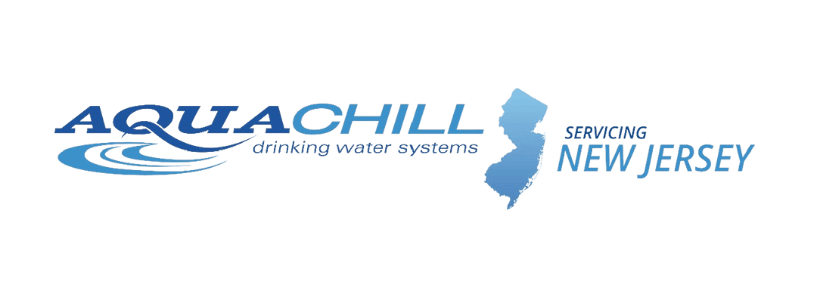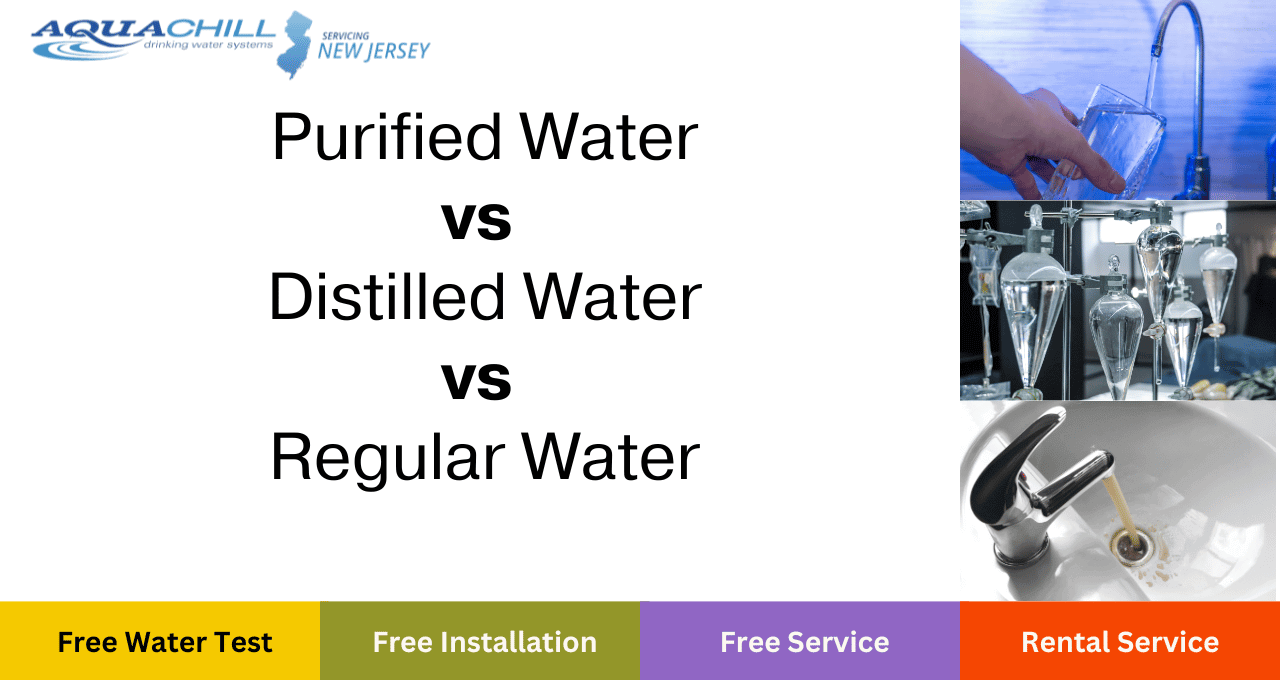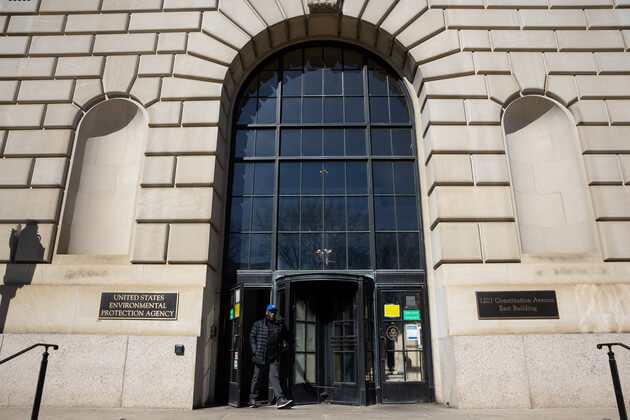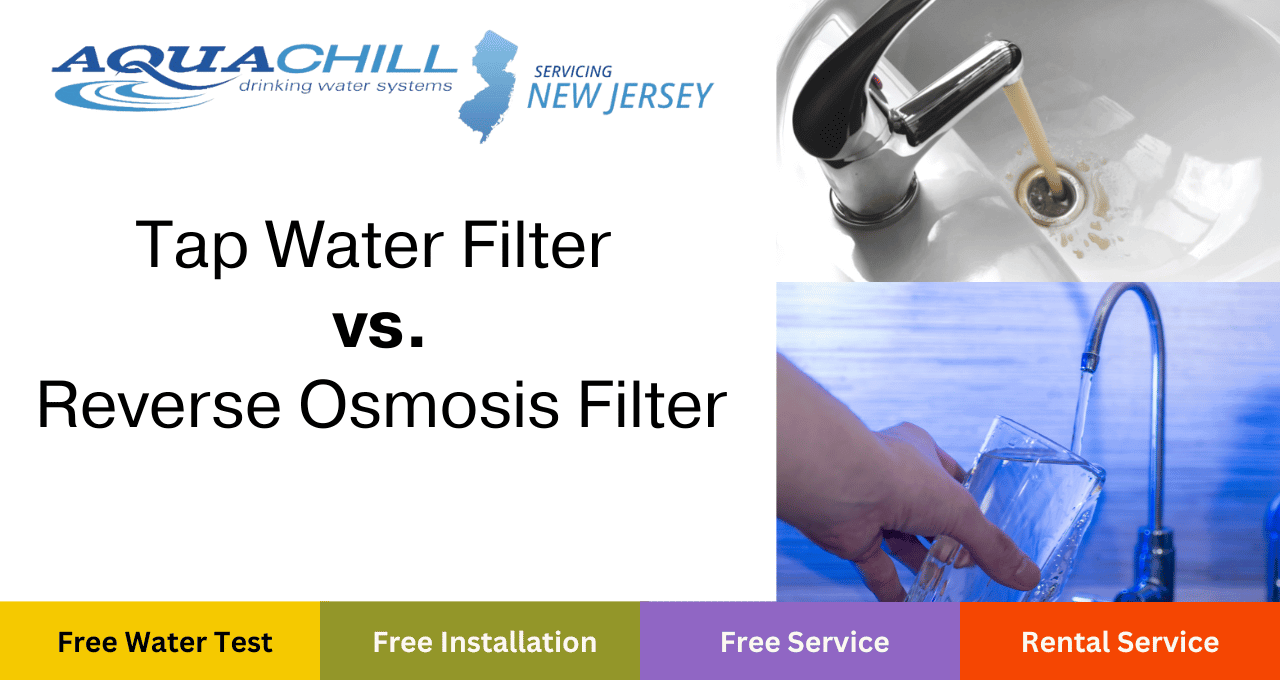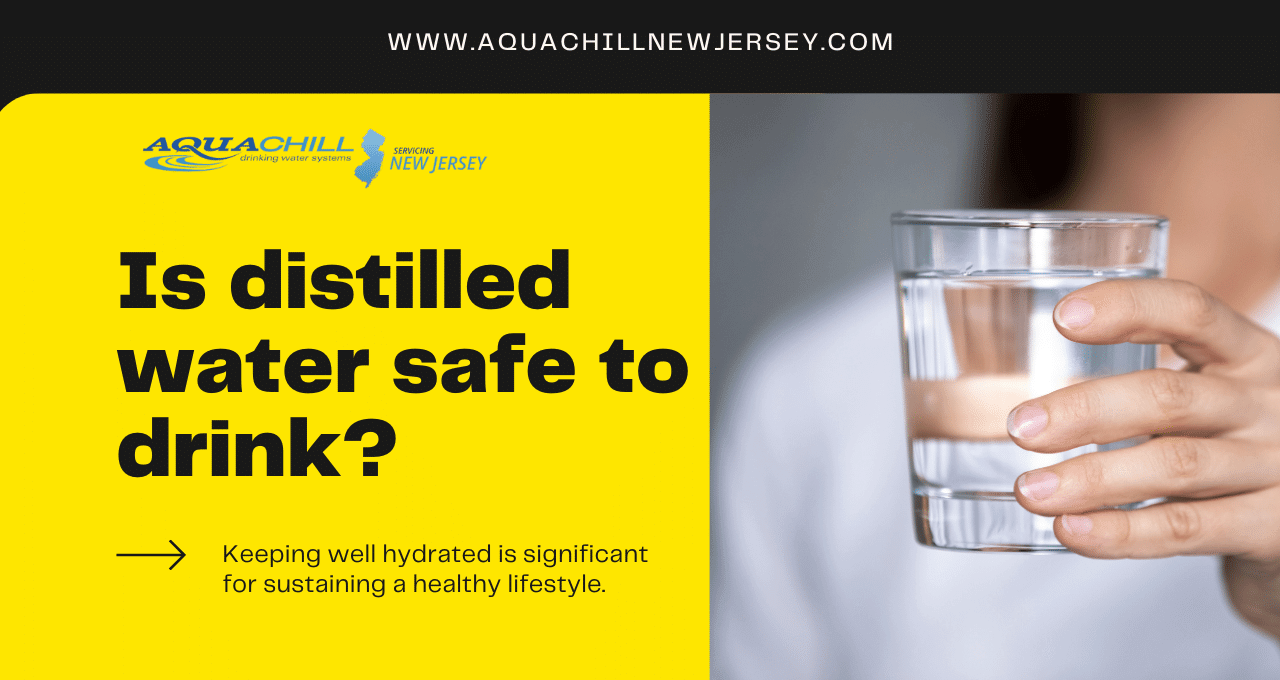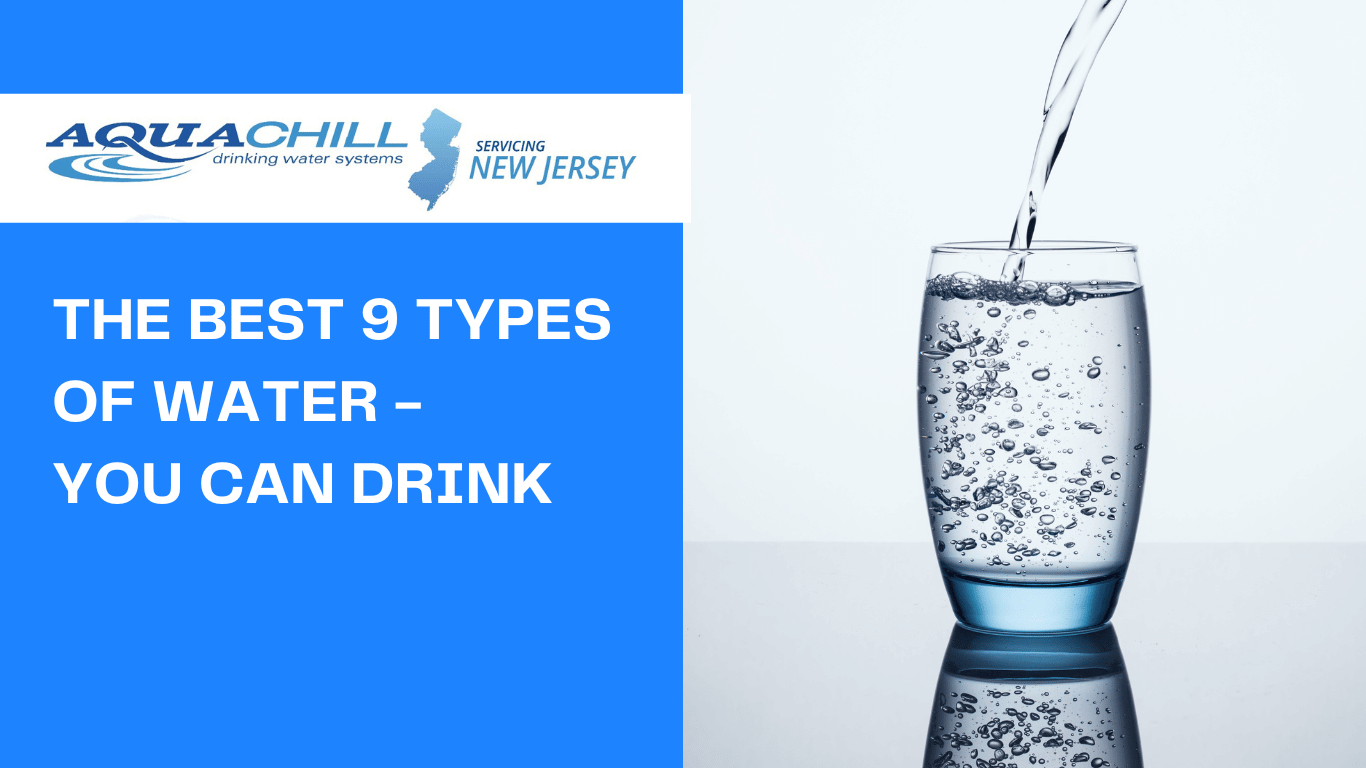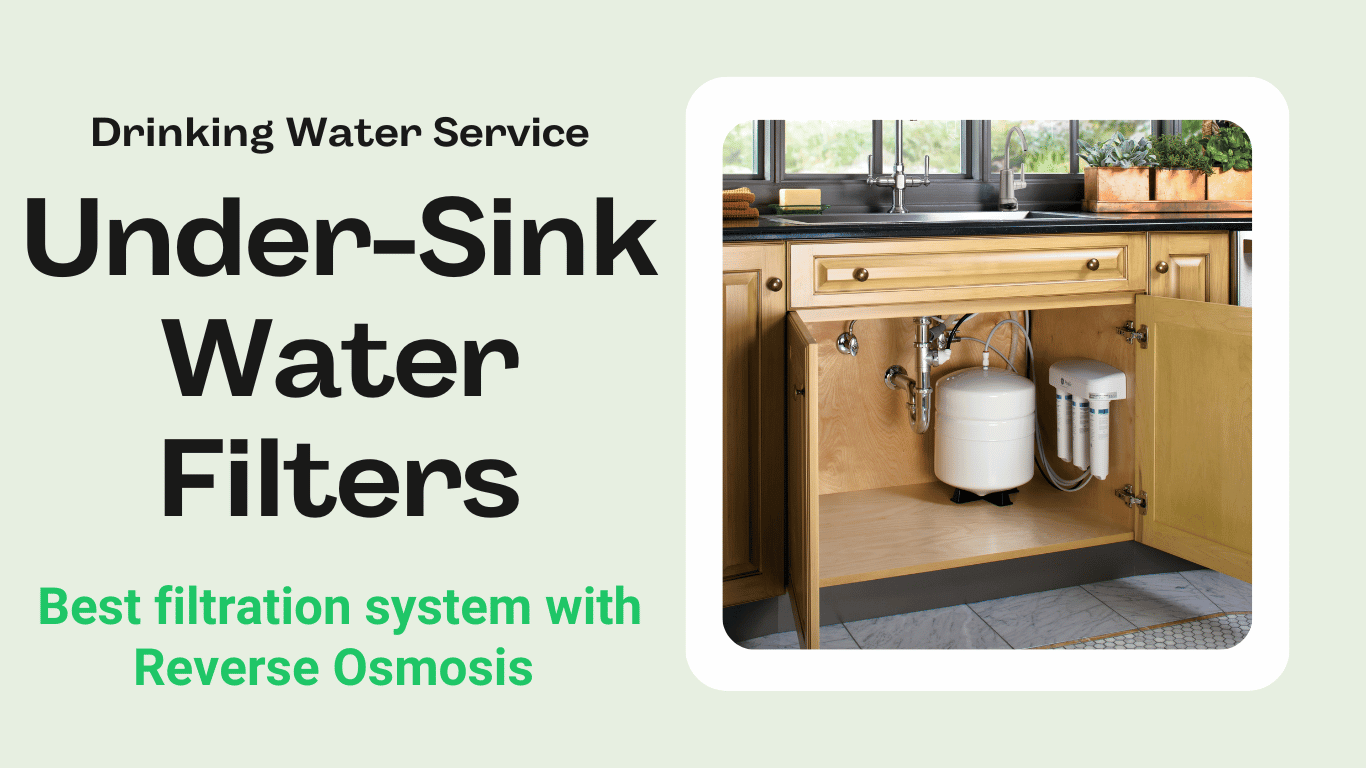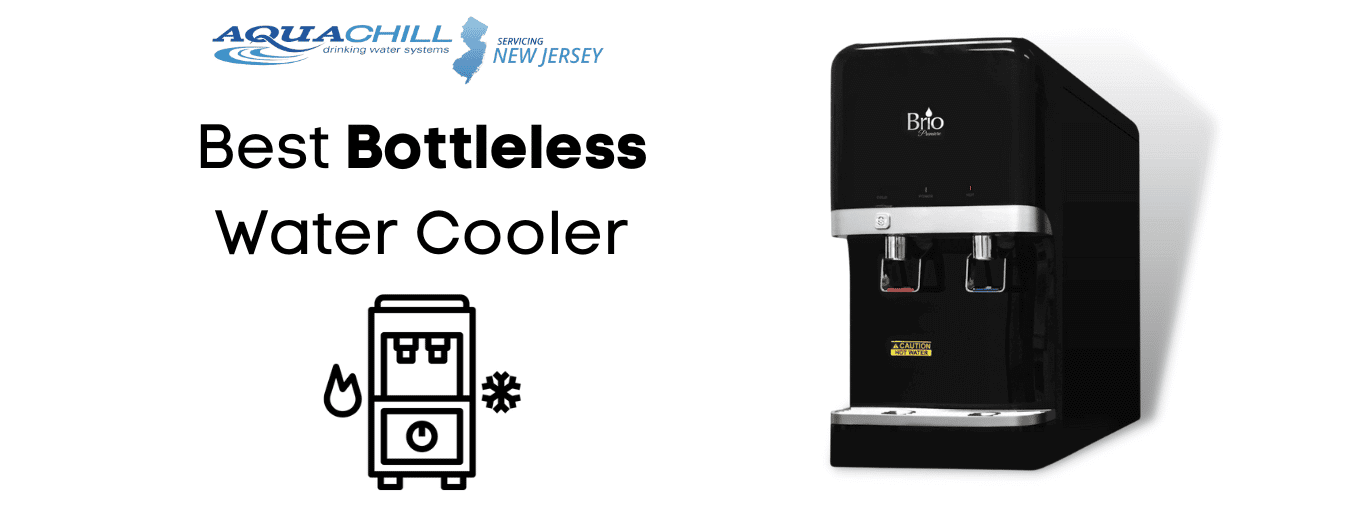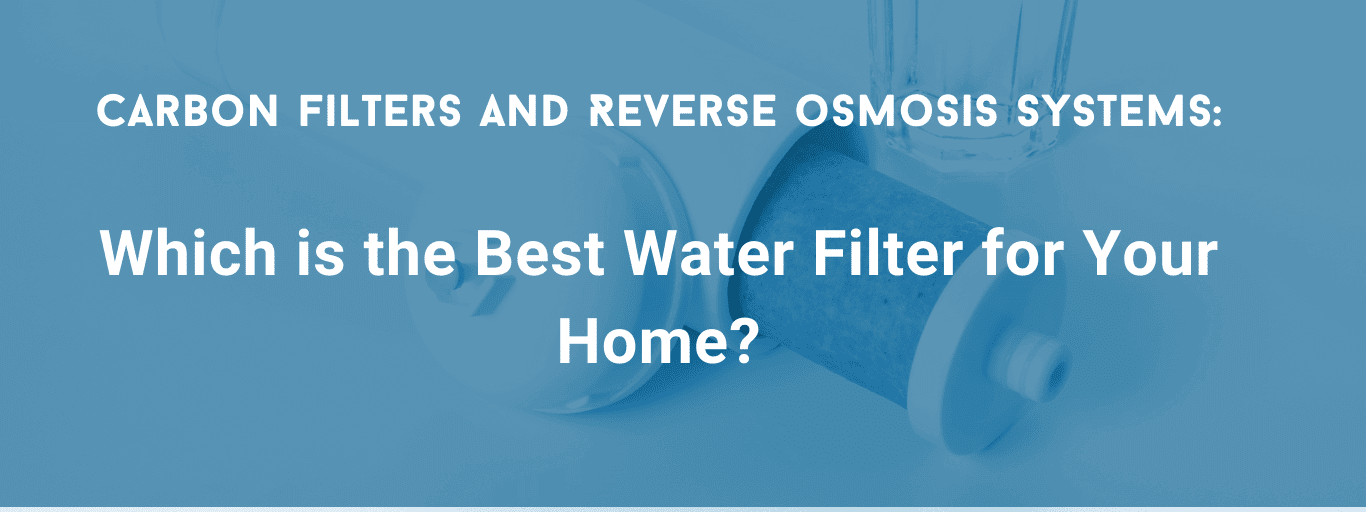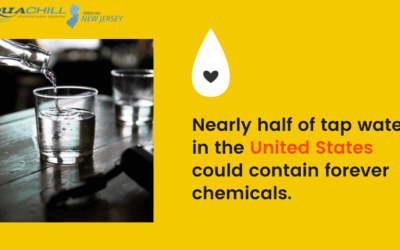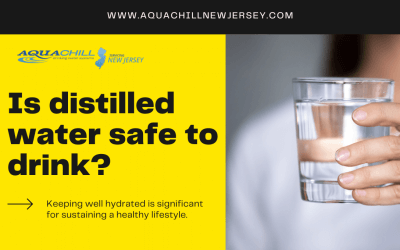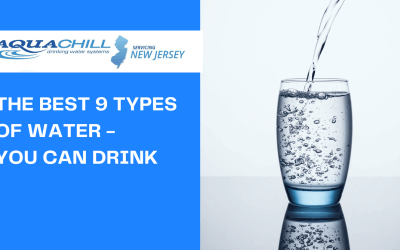Last year, a study performed by the government found that only 43% of school districts nationally had tested their drinking water for lead and of those schools, 1/3 of the districts reported high levels of lead. Additionally, the Environment America Center for Research and Policy and the US PIRG Education Fund reported widespread contamination of drinking water in schools across the United States.
These reports reveal a growing issue that schools don’t regularly test their water and there are no federal rules that currently require schools to test for lead in drinking water. Only nine states and Washington, DC have mandatory testing laws.
The EACRP report reviewed drinking water standards for schools in 31 states and the District of Columbia finding that most state regulations are ineffective to protect children from lead. “Of the 32 states, including the District of Columbia, that we studied, 22 do not protect their children from lead in drinking water,” said John Rumpler, co-author of the report. Of the participating states, a school district in Ohio reported they found lead levels exceeded the EPA standards by more than 100 times. A school in Illinois exceeded that level by 212 times and a school in Massachusetts reported over 1,500 times the level set by the EPA.
Solutions for these issues can cost anywhere from a few hundred dollars to thousands of dollars. When schools have to finance the cleaning themselves, it is recommended to use a filter system that can cost just a couple hundred dollars at a dedicated sink or water fountain in the building. Some states have started to offer financial support to schools and communities struggling to resolve these problems.
Considering that the EPA regulation hasn’t changed in over 20 years, there is growing momentum in the government to require lead testing for drinking water in schools. Experts agree, there is no safe level of lead exposure for children.
Nearly half of tap water in the United States could contain forever chemicals.
Nearly half of tap water in the United States could contain forever chemicals.A report published by the U.S. Geological Survey discovered that as much as 45% of the water coming out of U.S. taps may contain one or more types of PFAS, which could pose a risk to human...
Understanding the Key Differences of Purified vs Distilled vs Regular Water
Understanding the Key Differences of Purified vs Distilled vs Regular WaterUnderstanding the importance of optimal water consumption for your body's daily functions and overall health is key. Each tap and taste of water fuels our cells - offering a reason to...
The Biden administration’s EPA has begun a major effort to minimize ‘forever chemicals’ present in drinking water.
It's a bold action which reflects what health authorities and local campaigners affirm is an overdue initiative. For the first time ever, the Biden government has suggested federal beverage water regulations for the use of toxic chemicals in manufacturing materials...
Tap Water Filter vs. Reverse Osmosis Water
Tap water is used for a wide variety of everyday household activities. You turn on the faucet to wash your hands, dishes and produce. You may go back to the tap to fill up a pot for cooking. Many people use their kitchen sink for drinking water, too. Given the central...
Is distilled water safe to drink?
Keeping well hydrated is significant for sustaining a healthy lifestyle. Could the consumption of distilled water be a favorable choice as opposed to other sorts of water? This article considers the features of distilled water compared to other kinds of water and...
The Best 9 Types of Water You Can Drink
The Best 9 Types of Water You Can DrinkIt is often said that people should drink more water. The amount of water consumed depends on the individual, however, staying hydrated can provide a variety of health advantages. These include enhanced energy levels and high...
The Best Under Sink Water Filtration system in New Jersey
If you’re looking for a reliable water treatment system that filters all the water coming through your faucet, then an under-sink water filter may be a good investment. As their name suggests, under-sink water filters (a.k.a., under-counter filters) can fit under your...
Why Recycling Plastic is Practically Impossible
The recycling of plastic is practically impossible, and the problem is continuing to worsenThe large majority of plastic that people put into recycling containers is bound for landfills, or worse, as indicated by a Greenpeace report on the state of plastic recycling...
Best Bottleless water cooler in New Jersey
Have you ever wondered how our bottle-less water coolers are a revolutionary product in the water world? Let us explain! A bottle-less water cooler works with water without a container. Not unlike conventional coolers that accompany a bottle on top, these containers...
